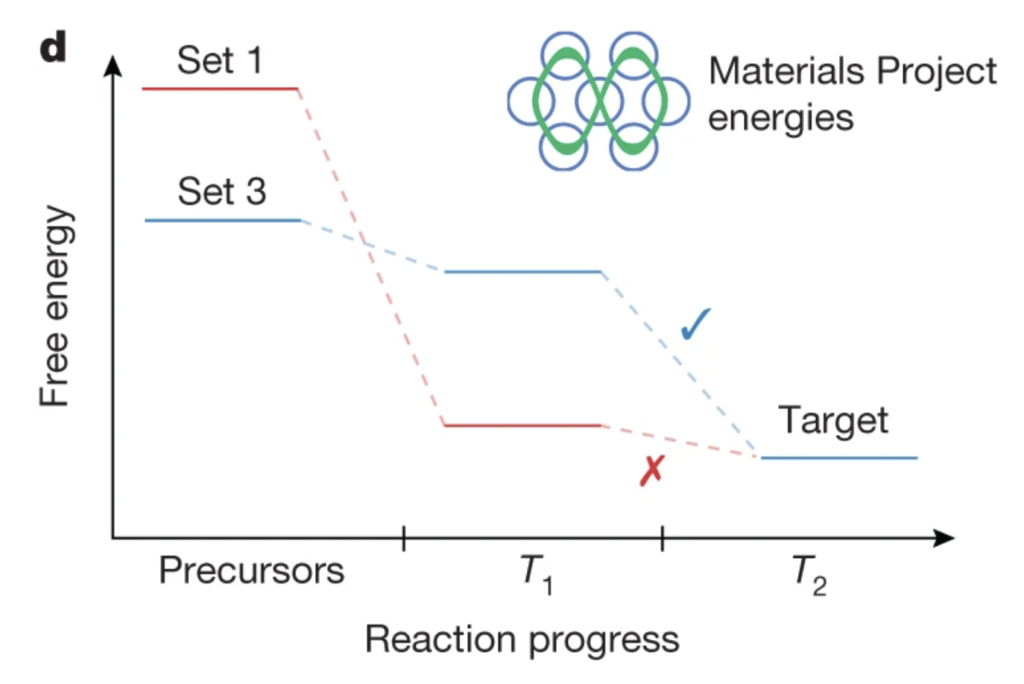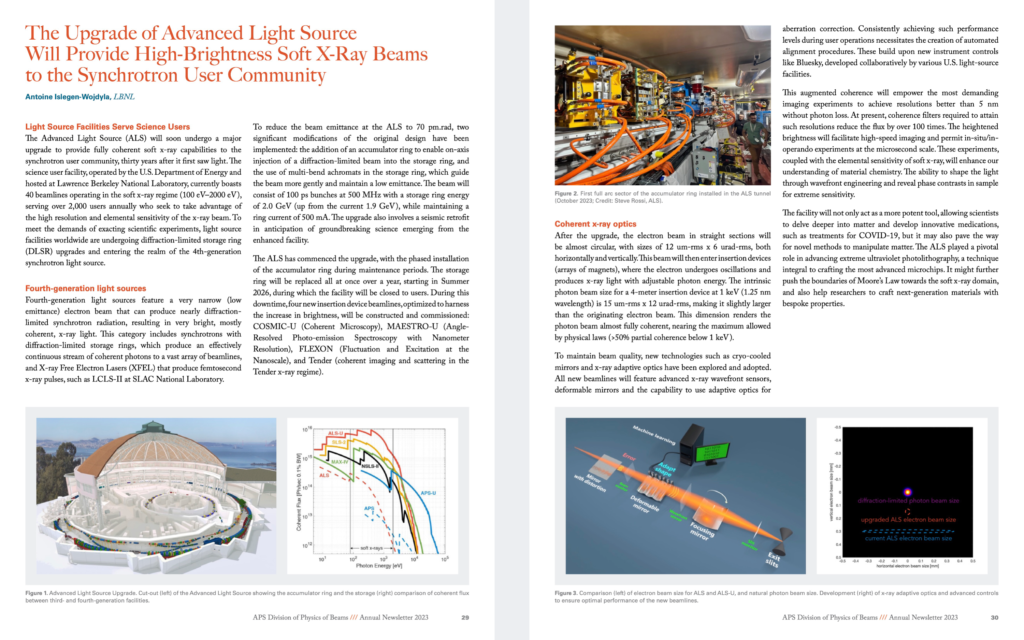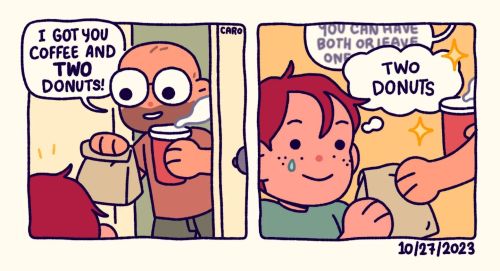These days things are getting pretty busy on my end – so many cool projects to engage with and only 24 hours a day.

And you end up doing more things that you can accomplish. The reason often lies in the unrealistic assessment of the time it would take to complete a task, and I came across
the “pi” rule, initially posited by my mentor Ken, with a pretty neat explanation from my colleague Val:
If you estimate it will take one unit of time to complete a task, the task will effectively take 3.14 (≈π) times more than you initially anticipated.
The reason for the difference between dream and reality is that we generally do not factor in:
- (1) the time it takes to ease into the task (e.g. collecting documentation, emails) and
- (2) the time requires to document the work done (reports, emails)
Taken together with the times its take to accomplish a task, you end up with roughly a factor three – and you end up feeling terrible during the week-ends trying to catch up what you were set to do during the week, but got busy doing (1) or (2)
A corollary of the pi rule is the “next up” rule: if you work on project with a relatively large team, it generally takes the next unit of time to complete it (e.g. one hour become one day; one day becomes a week; a week becomes a months), generally because of the friction at the interfaces. Reducing these frictions at the interfaces should therefore be a priority.
Engineering interfaces in big science collaborations
I recently learned that my colleague Bertrand Nicquevert has worked extensively on a model to describe interactions between various counterparts:
Modelling engineering interfaces in big science collaborations at CERN: an interaction-based model
https://cds.cern.ch/record/2808723?ln=fr Continue reading →





 And you end up doing more things that you can accomplish. The reason often lies in the unrealistic assessment of the time it would take to complete a task, and I came across the “pi” rule, initially posited by my mentor Ken, with a pretty neat explanation from my colleague Val:
And you end up doing more things that you can accomplish. The reason often lies in the unrealistic assessment of the time it would take to complete a task, and I came across the “pi” rule, initially posited by my mentor Ken, with a pretty neat explanation from my colleague Val:


